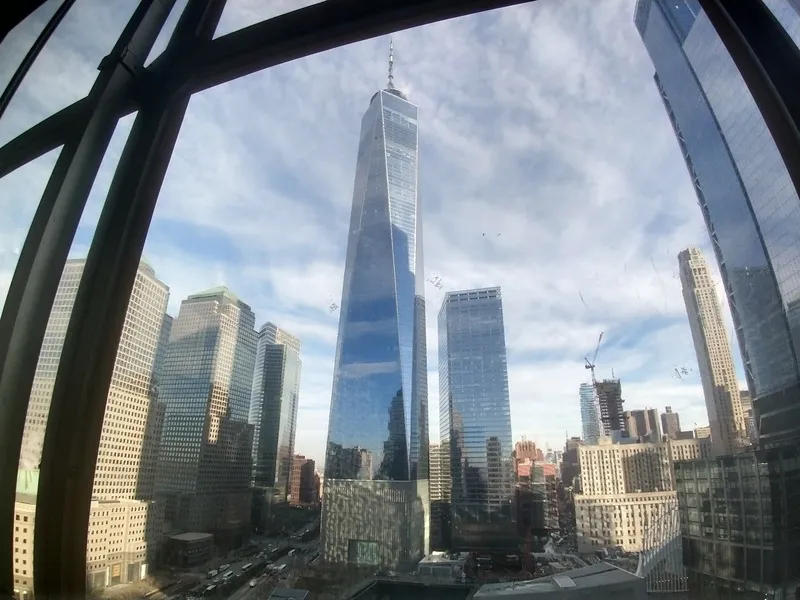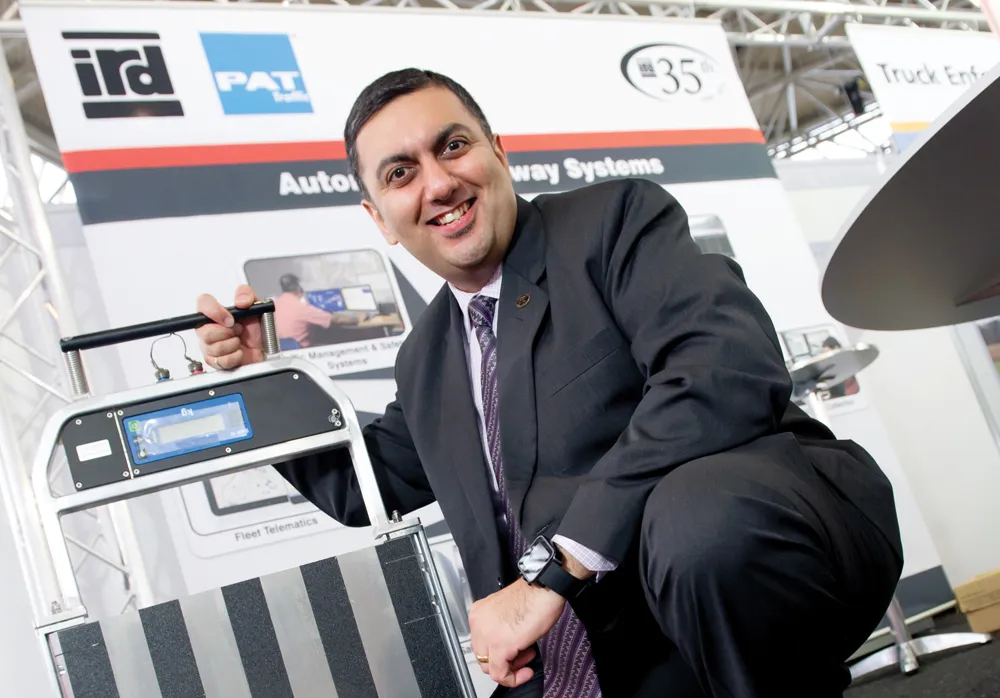
They can be installed in one day in grooves less than 75mm (3inch) wide; minimising lane closures. The system weighs vehicles dynamically in the mainline axle-by-axle as they pass over the scales at speeds up to 129km/h (80mph).
The system includes two strip scales units, but can be configured with four or six strips per lane for higher sampling rates. They can be integrated into a user’s existing system with analog output, or coupled with Intercomp’s WIMLOGIX module which provides signal conditioning, data acquisition and basic processing.










